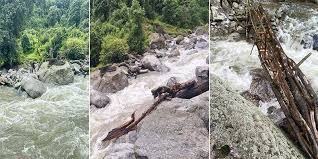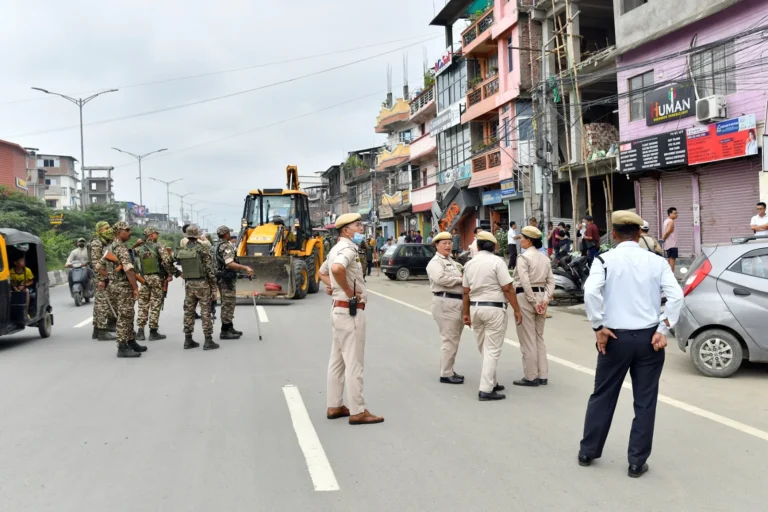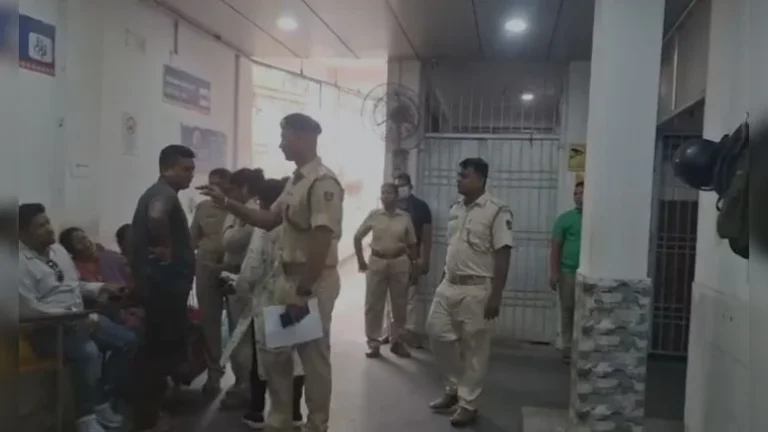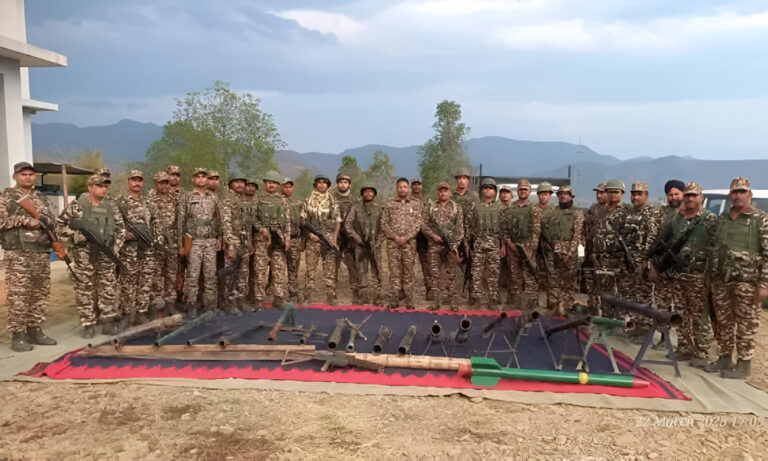Sikkim in Crisis: Torrential Rains, Landslides & Collapsed Bridges
Summary of the Incident
Torrential rains battered Sikkim’s Gyalshing district, especially the remote town of Yuksom, for over 24 hours around July 10, 2025, triggering landslides that wiped out two key wooden bridges. One link between Chhangri Basti and Dhoban collapsed due to the slide, while another over the Sakim Dhoban Khola river, connecting Dhoban to Samvay Nayapatal, was swept away by raging currents. The destruction has severely disrupted local travel, military patrol routes, and tourism access. District authorities and the Disaster Management Authority have begun emergency measures to restore connectivity, with the 72nd Battalion of the SSB rerouting patrols in the meantime
1. What’s the Big Picture?
Picture this: relentless rain pounding the Himalayan foothills, weakening the earth like a sponge soaked past capacity. By the time the downpour stopped, entire bridges had vanished, villagers were stranded, and strategic military routes were severed. All thanks to 24+ hours of unceasing rain.
2. Where & When Did It Happen?
These tragedies unfolded on July 10–11, 2025, in Yuksom, located in the Gyalshing district of Sikkim. Continuous heavy rainfall triggered landslides that obliterated two wooden bridges essential for locals, security personnel, and tourists .
3. Which Bridges Were Lost?
- Bridge 1: Connected Chhangri Basti to Dhoban—collapsed under a landslide caused by saturated earth.
- Bridge 2: Spanned the Sakim Dhoban Khola, linking Dhoban border post to Samvay Nayapatal—swept away by fierce river currents around 9 am on July 10
4. Why Were These Bridges Vital?
- Local Lifeline: These wooden bridges were the only practical links for villagers traveling between remote hamlets.
- Security Corridors: The 72nd Battalion (SSB) depended on them for border patrolling around Chhangri.
- Tourist Routes: The area is a gateway for trekkers and nature enthusiasts heading into the Himalayas
5. How Bad Is the Damage?
- Isolation: Entire villages are cut off—no school runs, medical support, or essential supplies.
- Security at Risk: Military patrols now rely on difficult detours in rugged terrain.
- Tourism Halted: Trekking routes disrupted, and local businesses face losses due to reduced footfall.
6. Who’s Responding?
- Gyalshing District Administration & District Disaster Management Authority have been fully mobilized.
- 72nd SSB Battalion is improvising with alternate routes to maintain connectivity
- Local teams are coordinating urgent reconstruction plans.
7. What’s Being Done Right Now?
- Emergency Response: Field teams are assessing bridge damage and emergency repair feasibility.
- Reconstruction Planning: Authorities are prioritizing the rapid rebuilding of bridges.
- Safety Measures: Temporary reroutes and signage are being set up to guide locals and soldiers.
- Communication Support: Mobile relays and satellite phones may be deployed to maintain contact.
Why This Matters
A. Infrastructure Deficits
Wooden bridges are inherently vulnerable to extreme weather. Such disasters highlight the urgent need for climate-resilient infrastructure, designed to withstand water surges and landsides.
B. Rising Climate Risks
This isn’t an isolated slump—it’s part of a disturbing pattern. Last year’s October 2023 flash floods devastated Sikkim’s infrastructure, including 15 bridges and a hydroelectric dam . The state’s topography and changing climate are creating a perfect storm.
C. Compromised National Security
These bridges were more than civilian connectors—they were vital links in border patrol routes. Their loss not only disrupts village life but also weakens national security systems along sensitive borders.
D. Impact on Tourism
Yuksom and nearby areas are tourist magnets. With damaged access and safety fears, tourism operators and local livelihoods are at risk.
FAQs
1. What caused the bridges to collapse in Sikkim?
Continuous torrential rain for over 24 hours led to landslides and swollen rivers, which washed away two wooden bridges in Yuksom.
2. Which areas were affected by the collapse?
Connectivity between Chhangri Basti, Dhoban, Samvay Nayapatal, New Patal, and Yuksom was disrupted, affecting both civilian commute and border patrol routes.
3. How are authorities responding?
The district administration and Disaster Management Authority are conducting assessments, planning emergency repairs, and the SSB is rerouting patrols via alternative paths.
4. How can future bridge collapses be avoided?
Strategies include replacing wooden bridges with resilient materials, stabilizing slopes, installing early warning sensors, and integrating community-based monitoring.
5. How does this connect to past disasters in Sikkim?
It echoes events like the 2023 flash floods (15 bridges lost, dam destroyed) and the 1968 floods—all underscoring the repeated vulnerability of hill infrastructure






